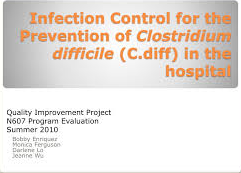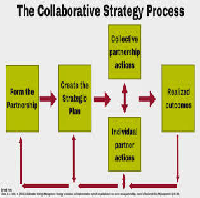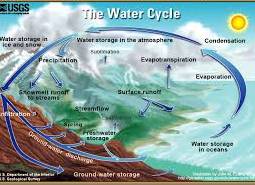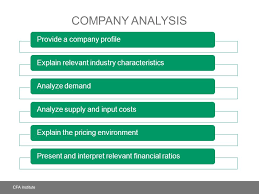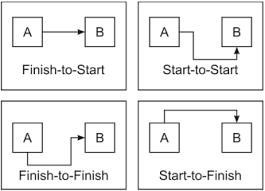
Research Project of Organizational Behavior
YOU AND YOUR COMPANY STRUCTURE AND CULTURE
You are in competition with 5 other consultants to win the bid to provide and execute a company improvement plan. Your goal is to win this competition by providing a stellar company evaluation of their culture and structure. You have also been requested to offer concrete suggestions on what their company could do to improve their bottom line (increase employee performance) and to develop more company loyalty (employee commitment). Your company will pay the winner of this competition $10,000 (equals an A). You are to provide this critical evaluation and to do so in 2 parts: To present a PPT report of your evaluation and findings.
1. Your PPT should begin with a title page providing A title for your client, your company, your name, then my name, course, and due date (1 slide).
2. Your brief description of the company: Include things like what they do (goods/services), how long they’ve been in business and a brief description of the overall quality or strength of the company and what you believe is their company structure and culture (1-3 slides). PS of course they know what they do, but you’re including this to show them YOU know about their company too!! This is where you’ll build their trust in what you’re going to say!
3. Before you go any further, it is important to explain to your client exactly why understanding their company culture and structure is critical to driving performance and building loyalty (1-4 slides). This is where you give them the map of what you’re going to present….remind them that you’ll discuss culture in great detail first, before discussing their structure, and then you’ll wrap up with suggestions (or provide suggestions as you go…that’s up to you). You organize it the way you want to present it.
4. Now, you’ll need to explain what culture is, the importance of culture, what culture does, and why culture can be a liability for your company (1-4 slides).
5. Discuss how your company aligns (or not) using 3 (of the 7) primary characteristics of organizational culture. Describe what each of the 3 primary characteristics mean and why these are important in your company (3-6 slides).
6. Describe 2 techniques that your company currently uses to teach employees their company culture. Compare and contrast these techniques with the author of your course materials/SPRJA to show the reader why these techniques are good (or not), and then propose (suggestions based on your research) TWO techniques you would implement and explain why this would be important for the company to do so (2-8 slides).
7. Your company has (or wants to have) a global component. Briefly describe global culture, cultural orientations, cultural diversity and the impact (pro’s and con’s) this creates using your two countries (and your home country) as (3) examples that support your position and offer ONE suggestion on how they could become more culturally synergistic (2-6 slides). Adler will help a ton!
8. Now you’re ready to discuss their company structure. Discuss 4 of the 7 elements of their structure that you believe hold particular importance and explain why (2-6 slides).
9. Based on the overall type of structure (open/organic, closed/mechanistic, matrix, etc.) that you have identified (above), and in light of current trends in the workplace (brought about by the internet, robots, and any other reasons you can think of), please suggest ONE organizational strategy your company should implement and tell them why (1-3 slides).
10. You should have at least 2 books and 2 SPRJA. If you use non-scholarly works, that’s okay, just be sure you are using scholarly works for your major support.
11. At least 10 citations from scholarly works.
12. YOU MUST SUBMIT YOUR PPT THROUGH SAFEASSIGN.
YOU HAVE UNLIMITED ATTEMPTS TO SUBMIT AND FIX TO ENSURE YOUR PROJECT IS UNDER 25%. IF YOUR PROJECT IS 25% OR MORE YOU WILL RECEIVE A ZERO ON THIS PART ONE!
We can write this or a similar paper for you! Simply fill the order form!




